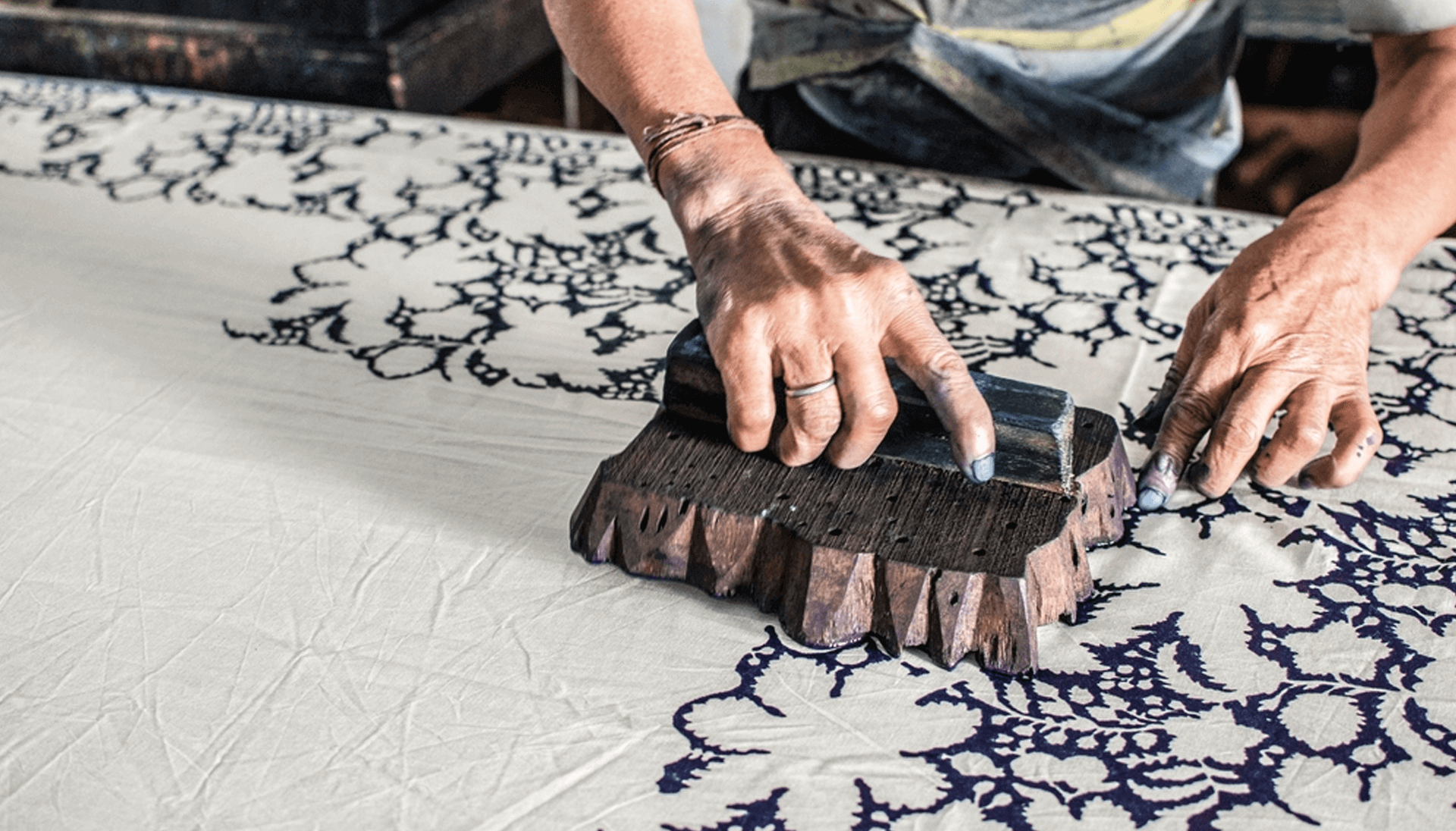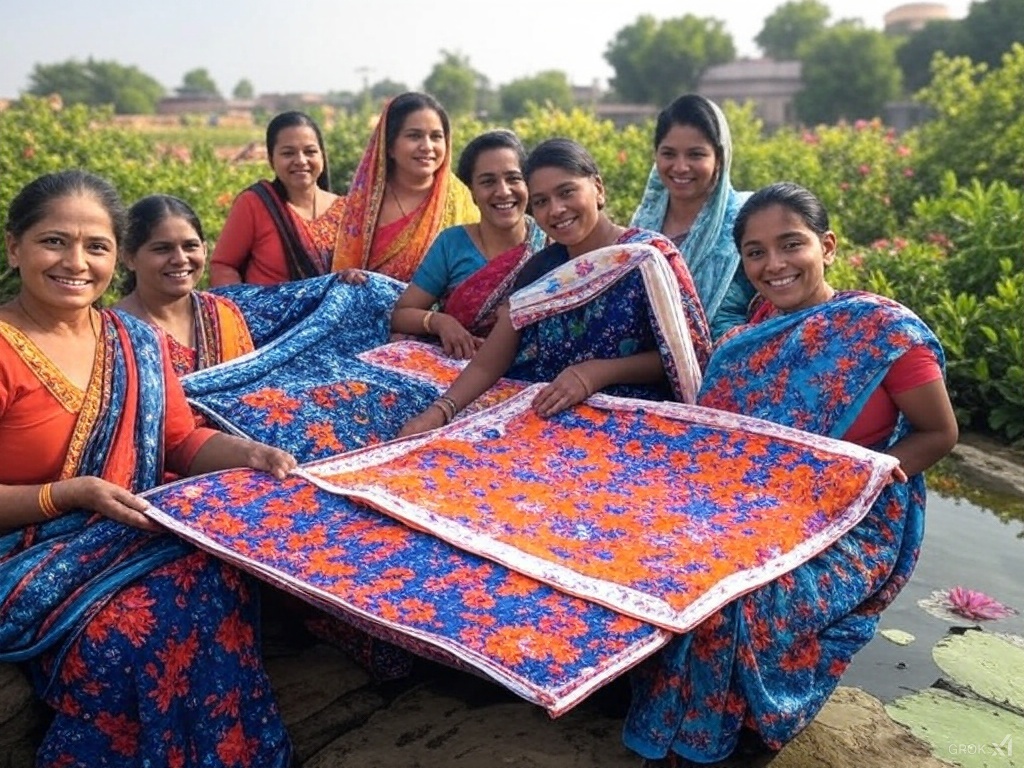
In an era dominated by fast fashion and machine-made uniformity, hand block printing stands as a testament to the enduring value of slow, intentional craftsmanship. This ancient textile technique—where carved wooden blocks are used to stamp patterns onto fabric by hand—creates pieces that transcend seasons and trends, offering a thoughtful alternative to disposable fashion.

Hand block printing dates back thousands of years, with evidence of the technique found in ancient civilizations across Asia, Africa, and Europe. In India, particularly in regions like Rajasthan and Gujarat, the tradition has flourished for centuries, creating distinctive patterns that tell the stories of their communities of origin. What makes this technique so remarkable is its resilience. Despite technological advances that could have rendered it obsolete, hand block printing continues to captivate both artisans and consumers. Each piece bears subtle variations that machine printing cannot replicate—slight misalignments, variations in color intensity, and the distinctive texture of hand-applied pigment. "When you look closely at a block-printed textile, you're seeing the human touch," explains Meera Patel, a third-generation block printer from Jaipur. "The small irregularities are what give the fabric its soul."

The environmental benefits of hand block printing align perfectly with slow fashion principles. Traditional methods typically use natural dyes derived from plants, minerals, and sometimes even insects. Indigo, madder root, pomegranate, and turmeric create a palette that ages beautifully rather than fading harshly. The process itself is remarkably low-impact compared to industrial fabric printing. It requires minimal electricity, produces little waste, and often uses water-based pigments that avoid the toxic chemical runoff associated with commercial textile production. Many artisanal workshops practice water recycling and natural waste treatment, demonstrating environmental stewardship that predates modern sustainability movements.

When consumers purchase hand block printed textiles, they participate in an economic model that stands in stark contrast to fast fashion. Rather than supporting an industry where profit margins depend on exploitative labor practices and environmental shortcuts, they invest in communities where craft knowledge is respected and fairly compensated. A single hand block printed scarf might require hours of work from multiple skilled artisans—from carving the wooden blocks to preparing the fabric, mixing the dyes, and executing the precise stamping sequence. The price reflects this investment of time and expertise, creating sustainable livelihoods that allow craft communities to thrive.

Each motif in traditional block printing carries cultural significance. Floral patterns might represent specific regional flowers, geometric designs often have mathematical or philosophical meaning, and animal motifs frequently connect to local folklore. "Our patterns are our language," says Rahul Sharma, who works with a collective of block printers in Bagru. "When you wear our prints, you're wearing our stories, our history, and our ways of seeing the world." By supporting these textiles, consumers help preserve living cultural heritage that might otherwise be lost to industrialization and globalization. The resurgence of interest in block printing has revitalized communities where these skills were at risk of disappearing just a generation ago.

The versatility of block printed textiles makes them remarkably adaptable to contemporary fashion. A block printed cotton dress becomes a summer staple that improves with washing, while a silk scarf with traditional motifs adds character to the simplest outfit. Home textiles like table linens and quilts bring artisanal beauty into everyday spaces. The key is intentionality—choosing fewer items of higher quality and greater meaning. Many slow fashion advocates find that block printed pieces become the foundation of a more thoughtful wardrobe, where each item has a story and a purpose beyond momentary trend satisfaction.

As we confront the environmental and social costs of our consumption habits, hand block printing offers valuable lessons. It demonstrates that beauty doesn't require exploitation, that variation is preferable to uniformity, and that slowing down the production process results in objects of lasting value. In a world increasingly concerned with authenticity, sustainability, and ethical consumption, these ancient textiles don't just represent the past—they point toward a more mindful future. By valuing the human touch, environmental wisdom, and cultural richness of hand block printed textiles, we reconnect with something essential that fast fashion cannot provide: a sense of meaningful connection to what we wear, how it's made, and who made it.
From Floor to Fabulous: Elevate Your Space with Block Printed Rugs
March 31st, 2025Why Hand Block Printed AC Quilts Are the Perfect Summer Bedding
March 21st, 2025Slow Fashion: The Timeless Appeal of Hand Block Printed Textiles
February 28th, 2025